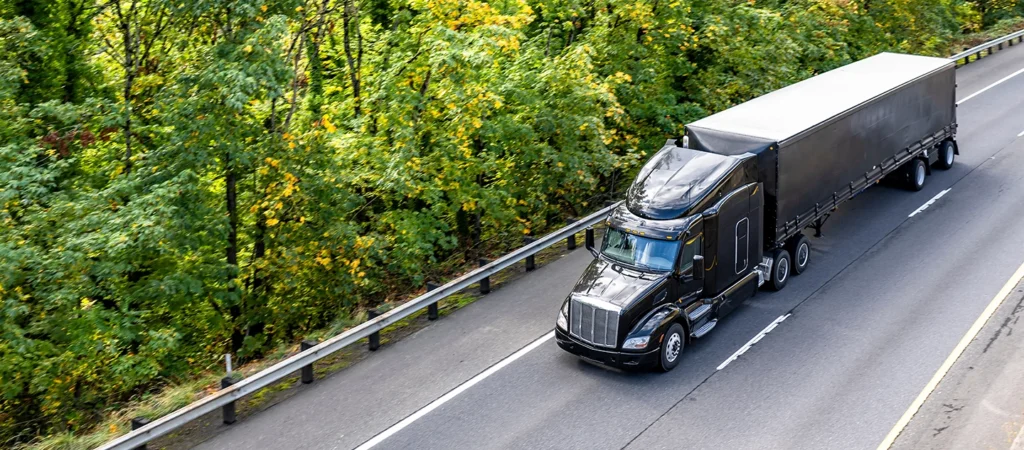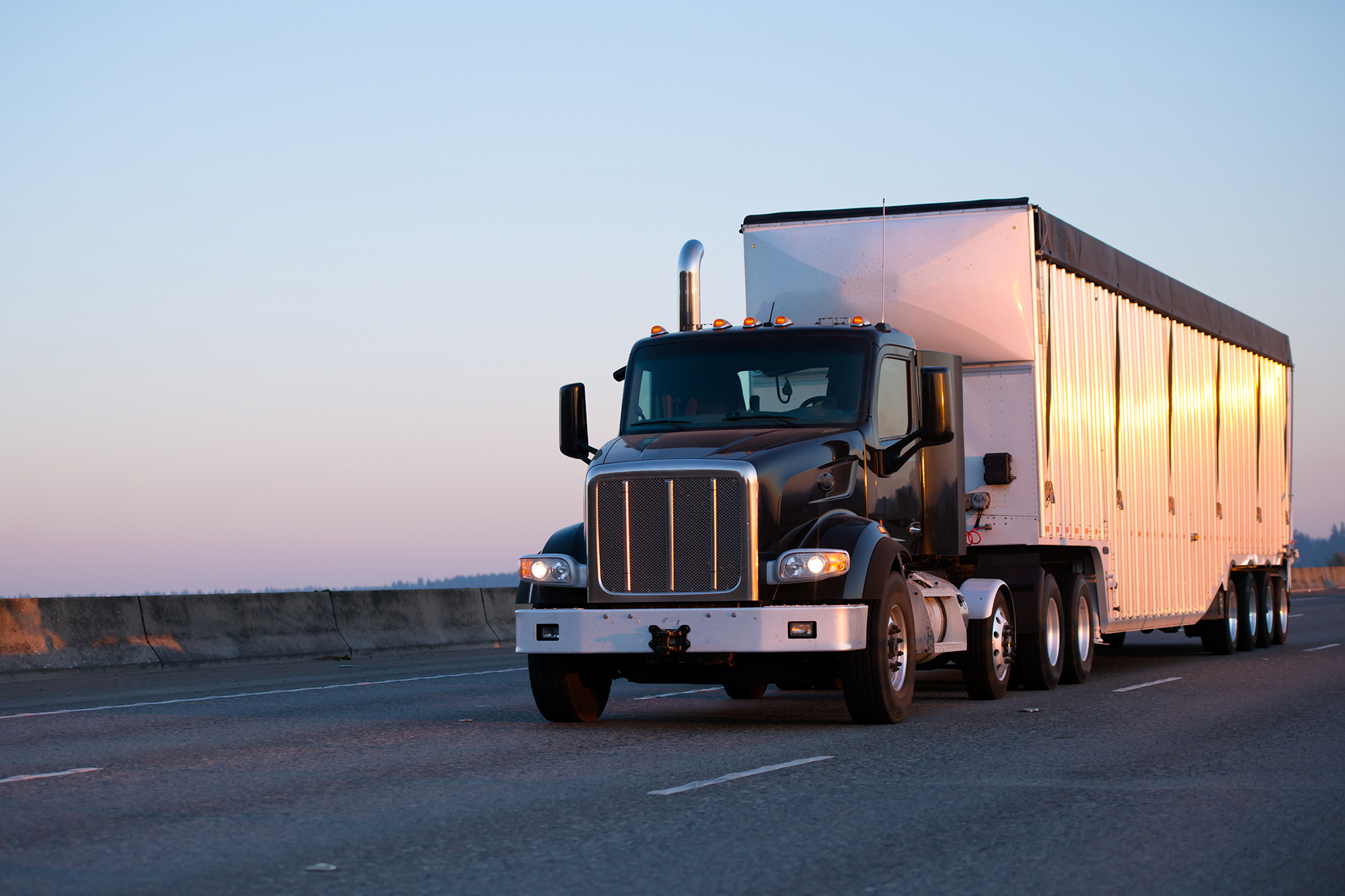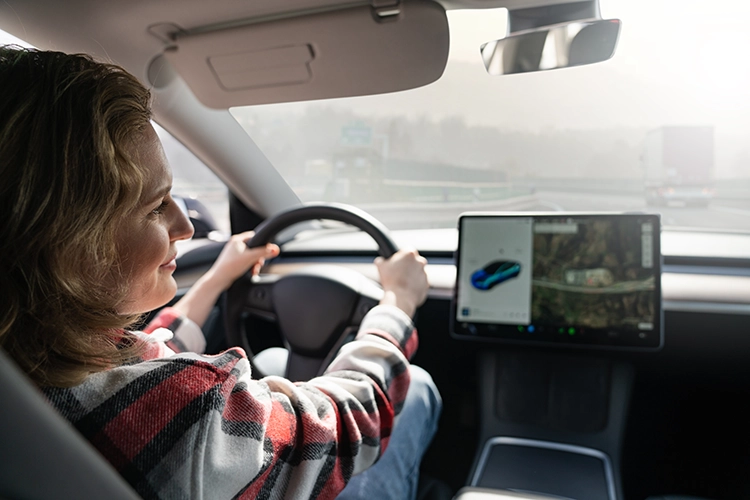
Autonomous Vehicles
We partner with renowned experts and recognized innovators to develop safety standards for autonomous products. Learn how our work helps to make self-driving cars, trucks, and utility vehicles safer for you.
What is the Risk to You?
Autonomous vehicle technology enables motorized vehicles to operate independently, ranging from partial to full autonomy. As the risks associated with AVs continue to evolve, so does the need for standards to keep pace with this technology. Data shows self-driving cars are involved in 9.1 crashes per million miles traveled, compared to 4.1 crashes per million miles for conventional vehicles. Our standard, UL 4600, the Standard for Safety for Evaluation of Autonomous Products, calls for manufacturers to consider various safety case scenarios, to help provide assurance that autonomous trucks and cars can safely share the road with other motorists.
By the Numbers
Hover over each stat below to learn more about autonomous vehicle technologies.
Keep reading to explore examples of AV safety measures.
Standards in Action
A safety standard is like an instruction manual put together by experts to guide the testing of products, services, and systems to make them safer for you.
The technology involved in autonomy continues to advance rapidly, and UL 4740 helps provide assurance that autonomous cars can safely share the road with other motorists.
Protecting Lidar to Prevent Crashes
Autonomous vehicles rely on lidar technology, which uses laser pulses to create 3D models for navigation. However, lidar systems contain delicate components that must be protected from environmental and physical damage. To address this, UL Standards & Engagement introduced UL 4740, a safety standard designed to help lidar systems remain durable and functional in everyday use.

AV Safety Resources
We are committed to improving the safety of everyone vulnerable to AV risks — and it starts with education. Explore these resources to equip yourself with the knowledge you need to live more safely.

There is No Road to Autonomous Trucking Without Safety
AV trucking has the potential to ease the driver shortage that has long plagued the trucking industry. But when the rubber hits the road, there are safety challenges that must be addressed.

UL 4600: Center for Auto Safety Podcast
Hear how UL 4600 helps address hazards related to AVs.
Frequently Asked Questions
Education can be one of our greatest assets in fighting carbon monoxide safety risks. Continue reading to find common questions about carbon monoxide safety and learn how to mitigate your risk.

most commonly asked
How do companies ensure AVs are safe before putting them on public roads?
Autonomous vehicle manufacturers and taxi companies have worked to create safety cases using the processes and elements in UL 4600, which calls for them to demonstrate their vehicles can operate safely without human intervention. The standard covers safety case construction, risk analysis, testing procedures, tool qualification, autonomy validation, and data integrity. Additionally, companies are to extensively test vehicles in computer simulations and on private tracks before limited public road testing.
Currently, there are no mandatory federal regulations specifically for AVs. Companies voluntarily follow safety standards like UL 4600 and UL 4740. Some states have their own requirements. For example, California has approved dozens of permits for AV testing. Industry leaders like Uber have pushed for widespread adoption of these voluntary standards to build public trust and create consistent safety practices.
UL 4740 specifically addresses this by providing for lidar systems to be protected from environmental damage and contamination. The safety standard evaluates how well the systems can withstand simulated harsh operating conditions, including dirt and vehicle fluids exposure. To meet the standard, companies are to demonstrate that their sensor systems remain reliable even in adverse conditions.
UL standards address cybersecurity requirements extensively. Under UL 4740, companies are to protect individual system components throughout their entire lifecycle, including regular security updates and patches. They are to also account for emerging threats, changes in system use, external interface protection, and in-vehicle network security. Companies are responsible for maintaining these security measures.
Spotlight
AV Safety Standards
Safety standards have the power to save lives. Explore UL standards that improve AV safety and help prevent related risks.
Our catalog includes more than 1,700 safety standards and documents that are regularly updated and added to. Click below to keep exploring how our standards are making the world safer for you.
Get Involved
The best standards are made possible by diverse voices and deep collaboration. Be part of the process by helping inform the next generation of standards.

Technical Committees
Each TC is a diverse group of experts representing a broad range of perspectives and interests, including consumers, manufacturers, regulators, supply chain professionals, and more.
As a TC member, you will review proposals for new or revised standards and work collaboratively to achieve consensus through balloting in our transparent process.

Stakeholders
Stakeholders can submit, review, and comment on proposals for new standards or revisions to existing standards. While these individuals cannot vote, the TC considers their input during the standards voting process. Since standards affect everyone, all are welcome to participate as stakeholders. Register online through our Collaborative Standards Development System, CSDS.
